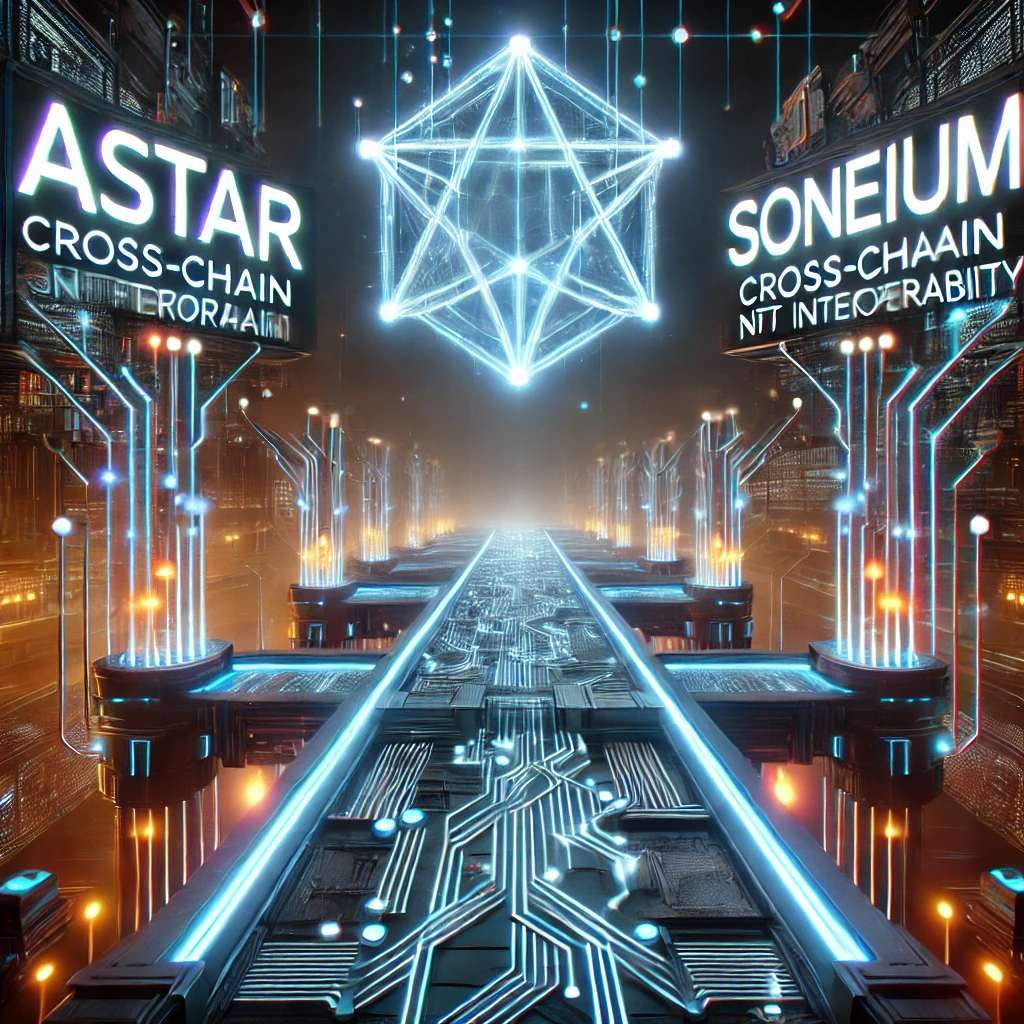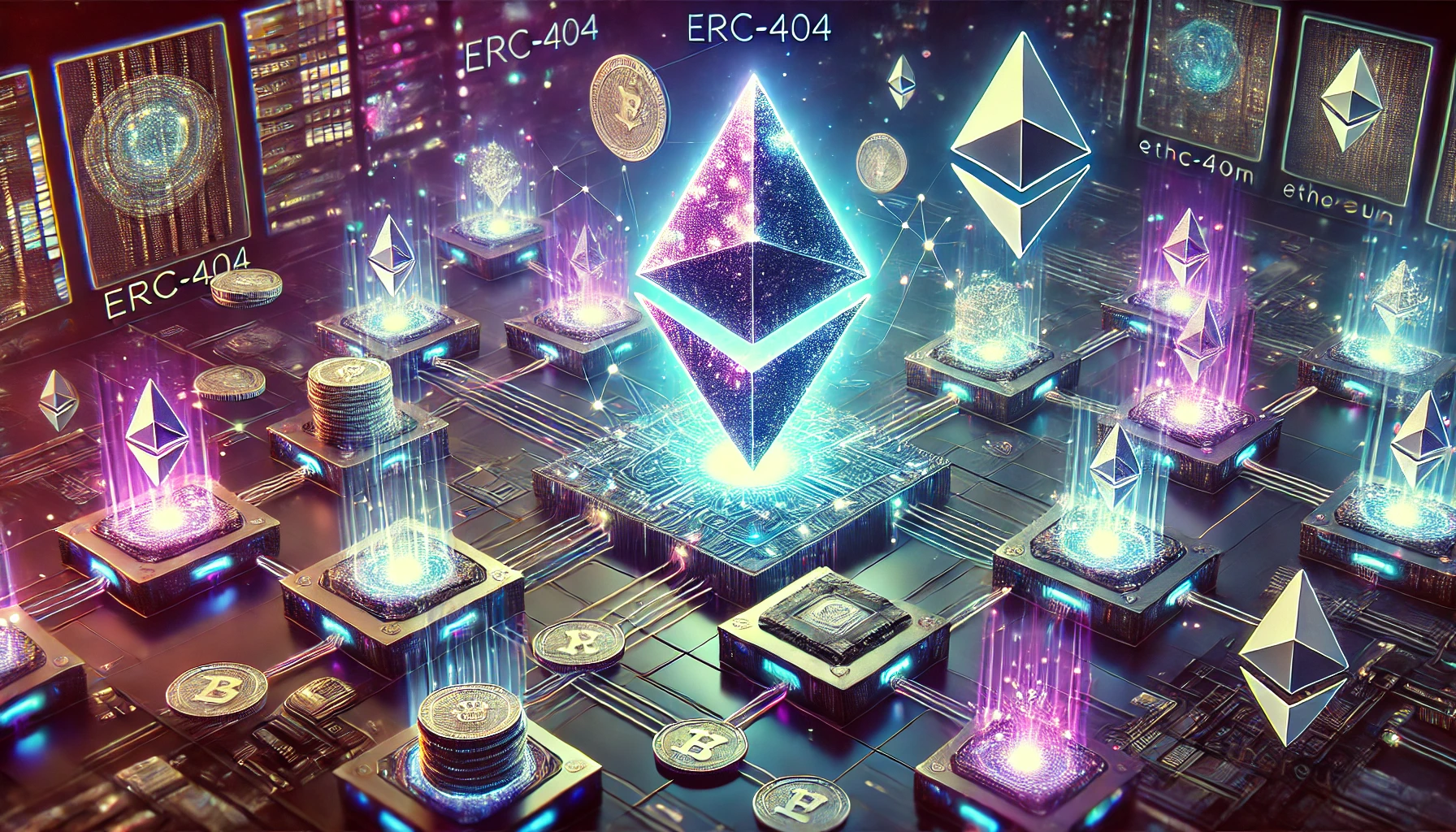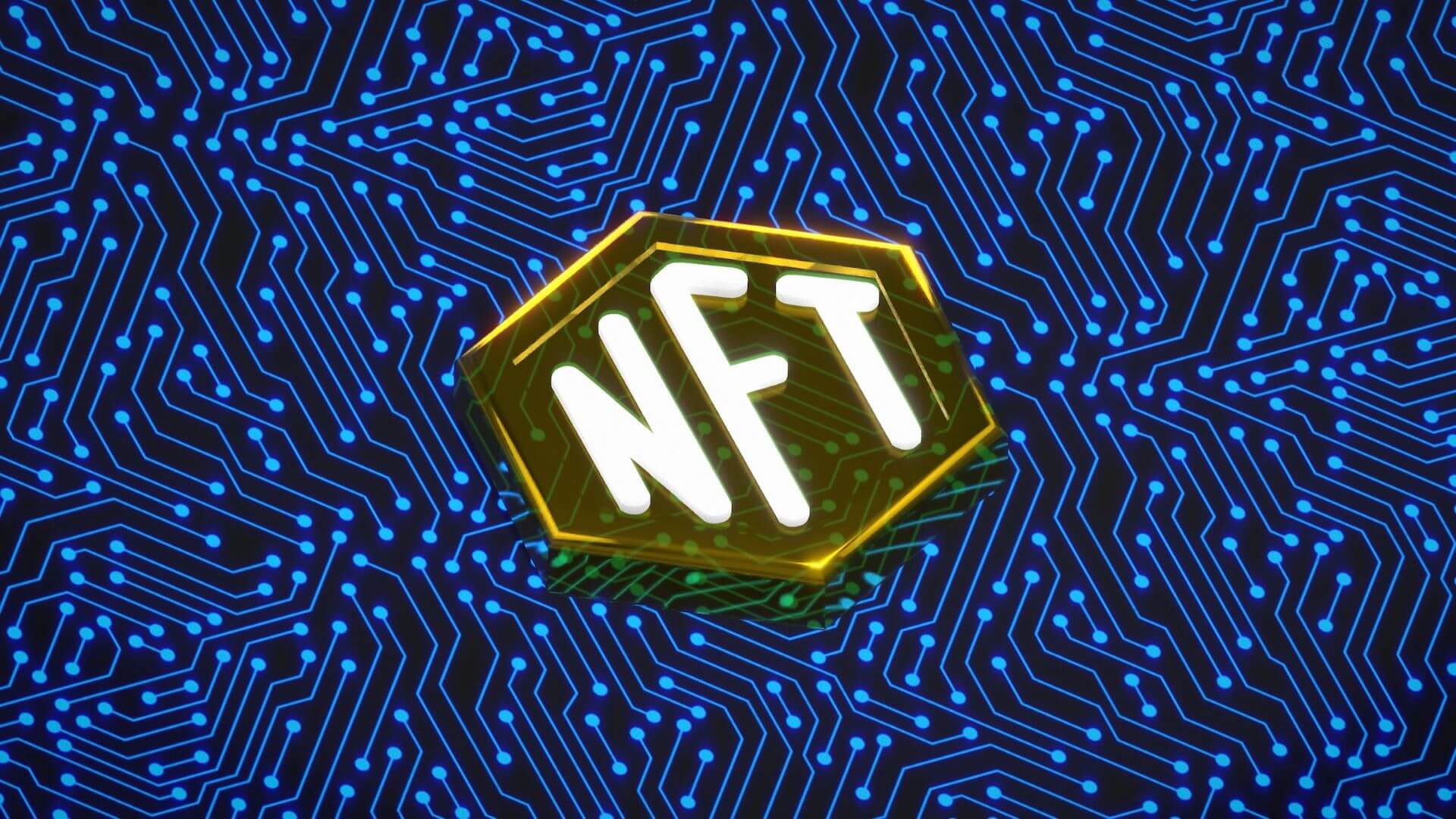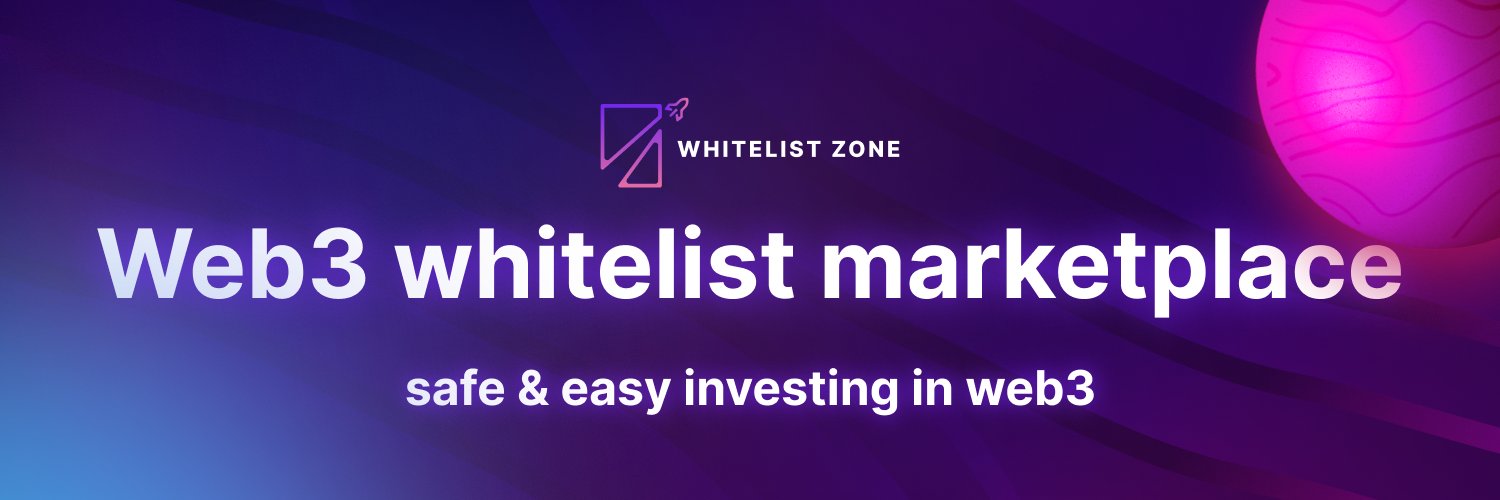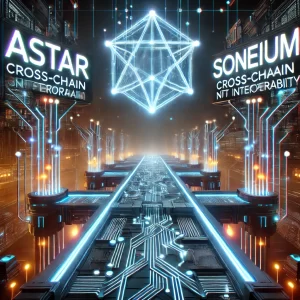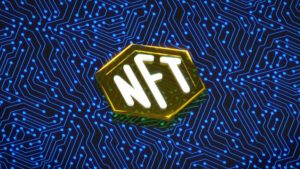
As the world of Non-Fungible Tokens (NFTs) grows, a crucial technological advancement, known as NFT bridging, is helping ensure seamless interoperability between different blockchains. However, with this innovation comes a slew of potential legal and regulatory implications that creators, collectors, and platform developers must consider. Let’s explore the legal landscape surrounding NFT bridging.
Understanding NFT Bridging
Before diving into the legalities, it’s essential to grasp the basic concept of NFT bridges. In simple terms, they allow for the transfer of NFTs between different blockchains. An NFT minted on Ethereum can be moved to Binance Smart Chain or another platform and vice versa, ensuring flexibility and broader market access for the NFT holder.
Legal Implications of NFT Bridging
- Jurisdictional Challenges: As NFTs move across chains, determining the jurisdiction under which disputes are settled can be complex. Different blockchains have nodes distributed globally. If an issue arises during the bridging process, pinpointing the governing jurisdiction could be challenging.
- Intellectual Property Rights: When an NFT representing a piece of art or other intellectual property moves across chains, questions might arise about the originality and rights associated with the transferred NFT, especially if the new chain modifies the token’s attributes or metadata.
- Tax Implications: Transferring an NFT between chains using a bridge might be considered a taxable event in some jurisdictions, akin to a sale or trade. Holders should be aware of potential capital gains taxes or other fiscal implications.
- Securities Concerns: In some cases, NFTs and their associated platforms might come under scrutiny to determine if they represent a form of security. Bridging such tokens between chains could further complicate the securities classification.
- Privacy and Data Protection: Cross-chain transfers might expose user data to different networks with varying levels of privacy protection. It could potentially breach data protection regulations like GDPR if personally identifiable information is involved.
Regulatory Concerns Surrounding NFT Bridges
- Anti-Money Laundering (AML) and Know Your Customer (KYC) Standards: Regulators might be concerned that NFT bridges could be used to move assets in ways that sidestep traditional AML and KYC checks, making illicit activities harder to trace.
- Consumer Protection: If a bridge fails or an NFT gets lost in transit, who’s responsible? Regulatory bodies might intervene to ensure consumer protection measures are in place.
- Decentralization vs. Regulation: NFT bridges, like many blockchain innovations, operate on decentralized principles. Striking a balance between maintaining this decentralization and ensuring regulatory compliance is a nuanced challenge.
- Standardization: With the multitude of NFT standards across various blockchains (e.g., ERC-721, ERC-1155), regulators might push for more standardized practices to ensure consistency and reliability during cross-chain transfers.
The Way Forward
Given the nascent stage of NFT bridges and blockchain regulation in general, a proactive approach is crucial:
- Engaging with Regulators: The NFT and blockchain community should engage with regulators, educating them on the technology and ensuring that any legislation is well-informed.
- Self-Regulation: Until more concrete regulations are in place, the industry might consider self-regulatory measures to address potential legal issues and ensure user trust.
- Legal Consultation: Both creators and platform developers should work closely with legal professionals familiar with blockchain and NFTs to navigate the evolving landscape.
Conclusion
The intersection of NFT bridging and the law represents an evolving landscape, filled with both potential pitfalls and opportunities for clarification. As the technology continues to grow and gain mainstream adoption, a collaborative approach between the blockchain community, legal professionals, and regulators will be pivotal in shaping a future where innovation thrives while ensuring protection and fairness for all stakeholders.

